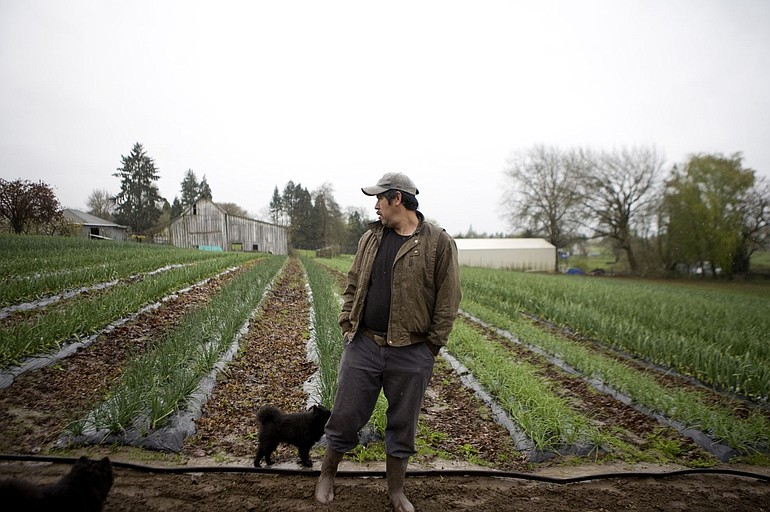1880: 115,300
1890: 138,600
1900: 192,737
1910: 186,929
1920: 194,309
1925: 192,444
1930: 194,482
1935: 223,966
1945: 204,847
1950: 219,049
1954: 208,414
1964: 179,577
1969: 124,575
1974: 99,587
1978: 101,606
1982: 134,619
1987: 94,646
1992: 82,967
1997: 82,666
2002: 70,694
2007: 78,359
Source: USDA Census of Agriculture
Farming was a late arrival to this area, says a local historian.
“This is one of the few places in the world where there was no agriculture,” said Candice Goucher, history professor at Washington State University Vancouver.
Blessed by an abundance of wildlife and rivers filled with fish, “the Native Americans were foragers,” Goucher said. “The native inhabitants didn’t need to plant anything.”
That sure changed when the European-Americans arrived.
The Hudson’s Bay Company was a fur-trading enterprise, but its Northwest base at Fort Vancouver employed more people in agriculture than any other activity. The fort’s fields and orchards produced crops for export.
Since then, the farms and the farmers have continued to change.
The newest trend in Clark County’s fertile fields — other than a huge yield of subdivisions — is the growth of community-supported agriculture, plant nurseries, niche farms, farmers markets and roadside stands.




